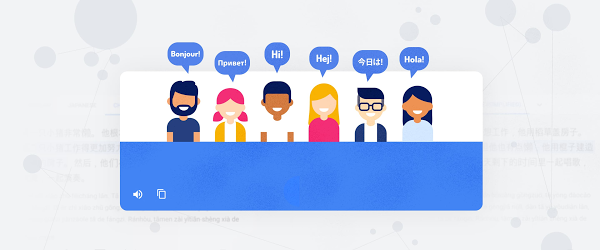From call analytics to automated video subtitles, speech interfaces are changing the way people interact with their surroundings and enabling new business opportunities. Speech recognition technology is at the heart of these transformations and is bringing these ideas to life.
At Google Cloud, we’re committed to ensuring that this exciting technology is as inclusive as possible. With that in mind, we’re announcing new features, models, and languages for our speech-to-text system as we strive to make our products and features more widely available and useful for more organizations across the globe.
Google Cloud Speech-to-Text is an API that allows users to submit short, long, or streaming audio that contains speech and receive back the transcription. We have long been recognized for our industry-leading speech recognition quality, and our capabilities power thousands of different solutions, including Contact Center AI and Video Transcription.
Our updates include seven brand new languages, expansion of the enhanced telephony model to three new locales, speech adaptation for 68 new locales, speaker diarization to 10 new locales, and automatic punctuation to 18 new locales. These advancements bring our speech technology to over 200 million speakers for the first time, and unlock additional features and improve accuracy for more than 3 billion speakers globally.
Expanding language support
Since introducing Speech-to-Text, we have continuously strived to bring high-quality speech recognition to more languages. Today, we are expanding the wide array of supported languages from 64 to 71 (120 to 127 in total locales) with seven new languages: Burmese, Estonian, Uzbek, Punjabi, Albanian, Macedonian, and Mongolian.






